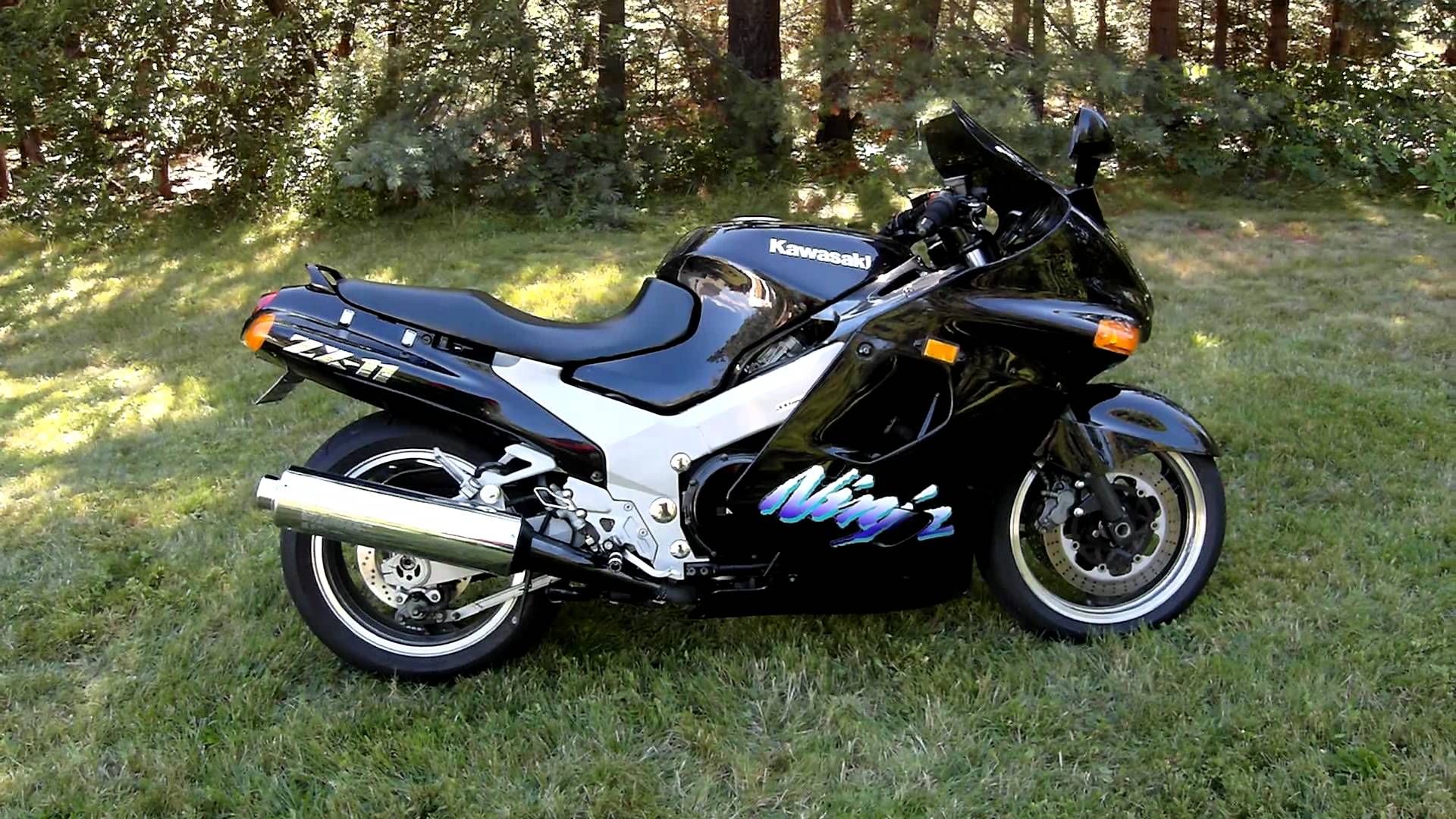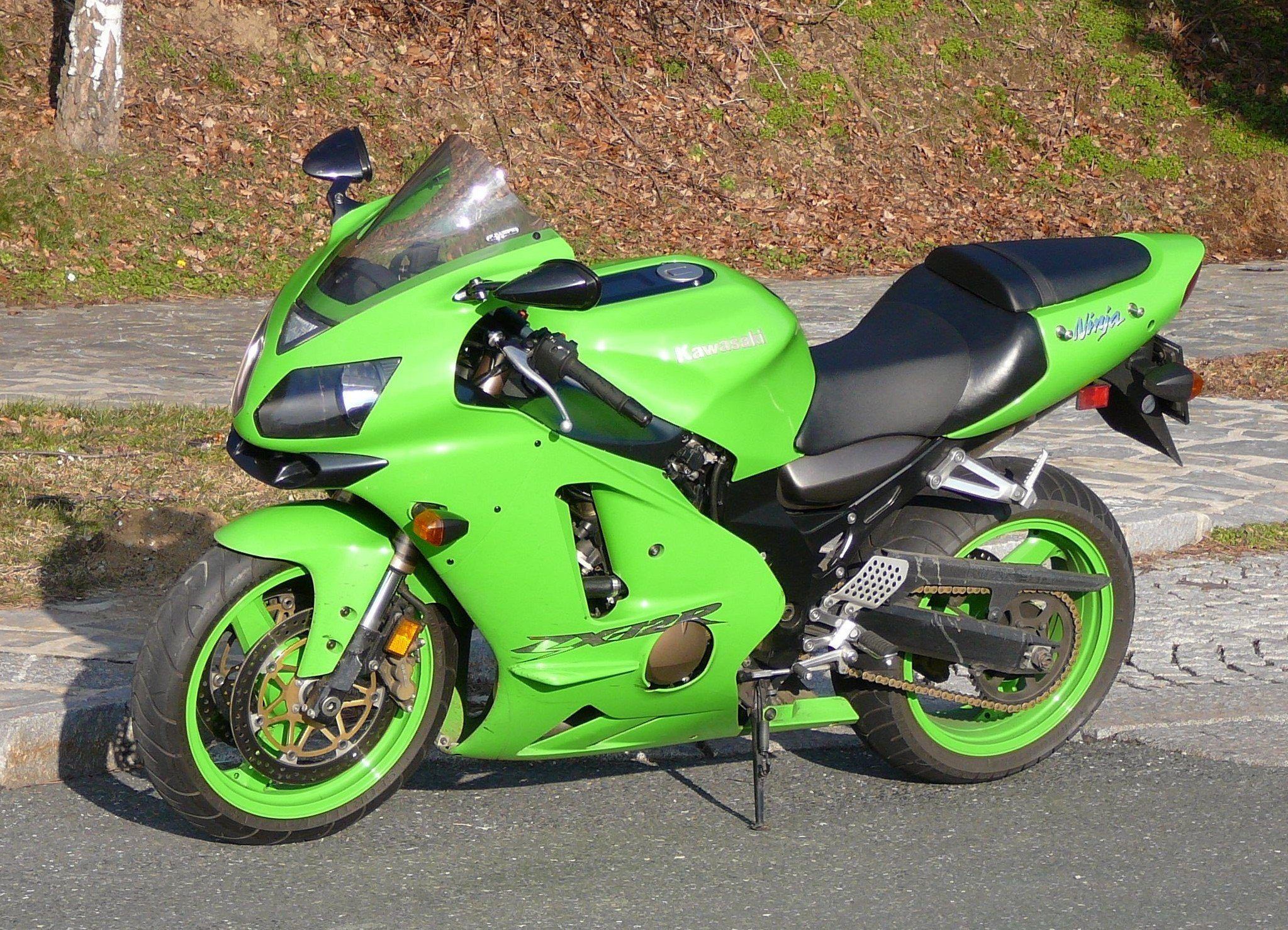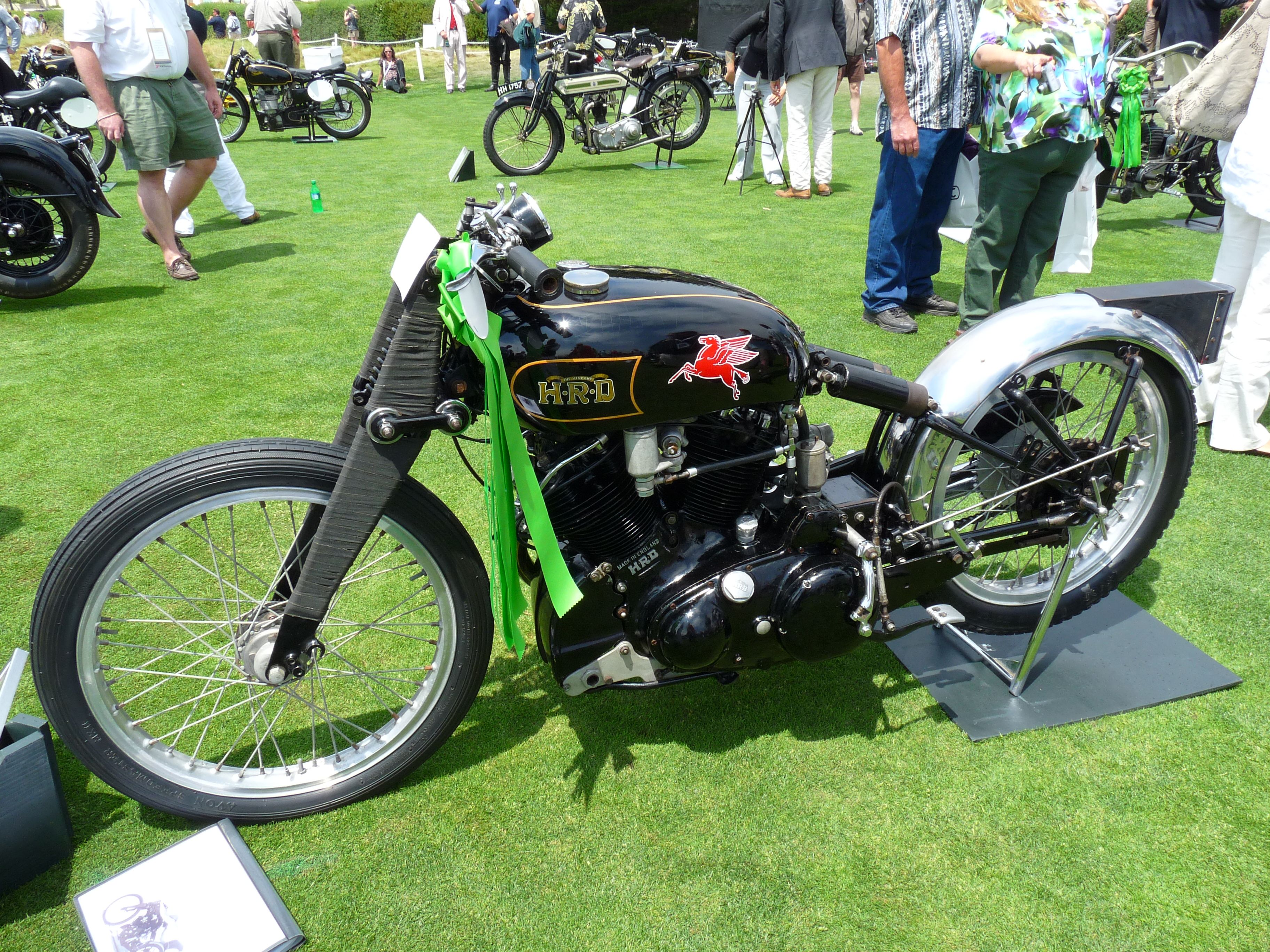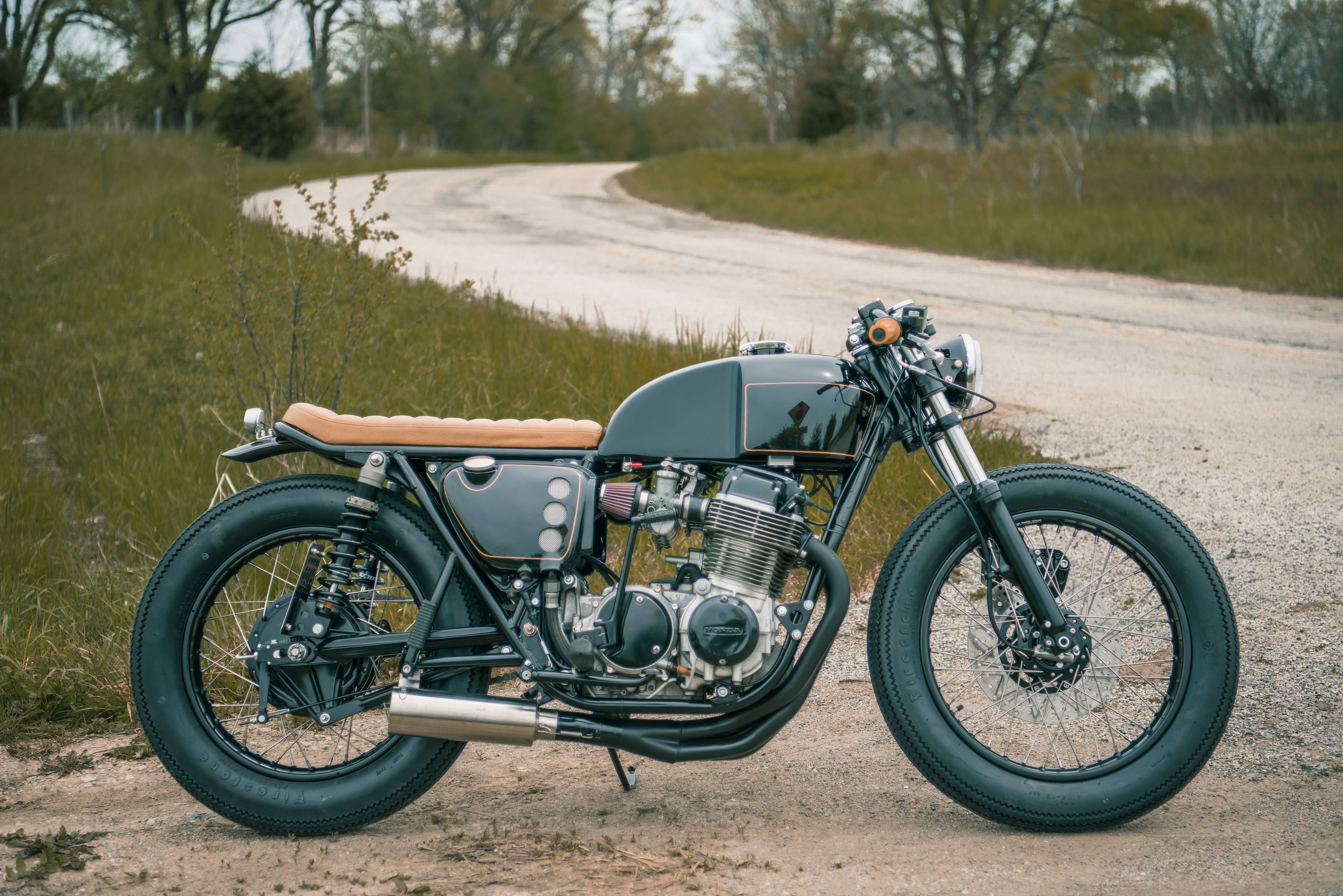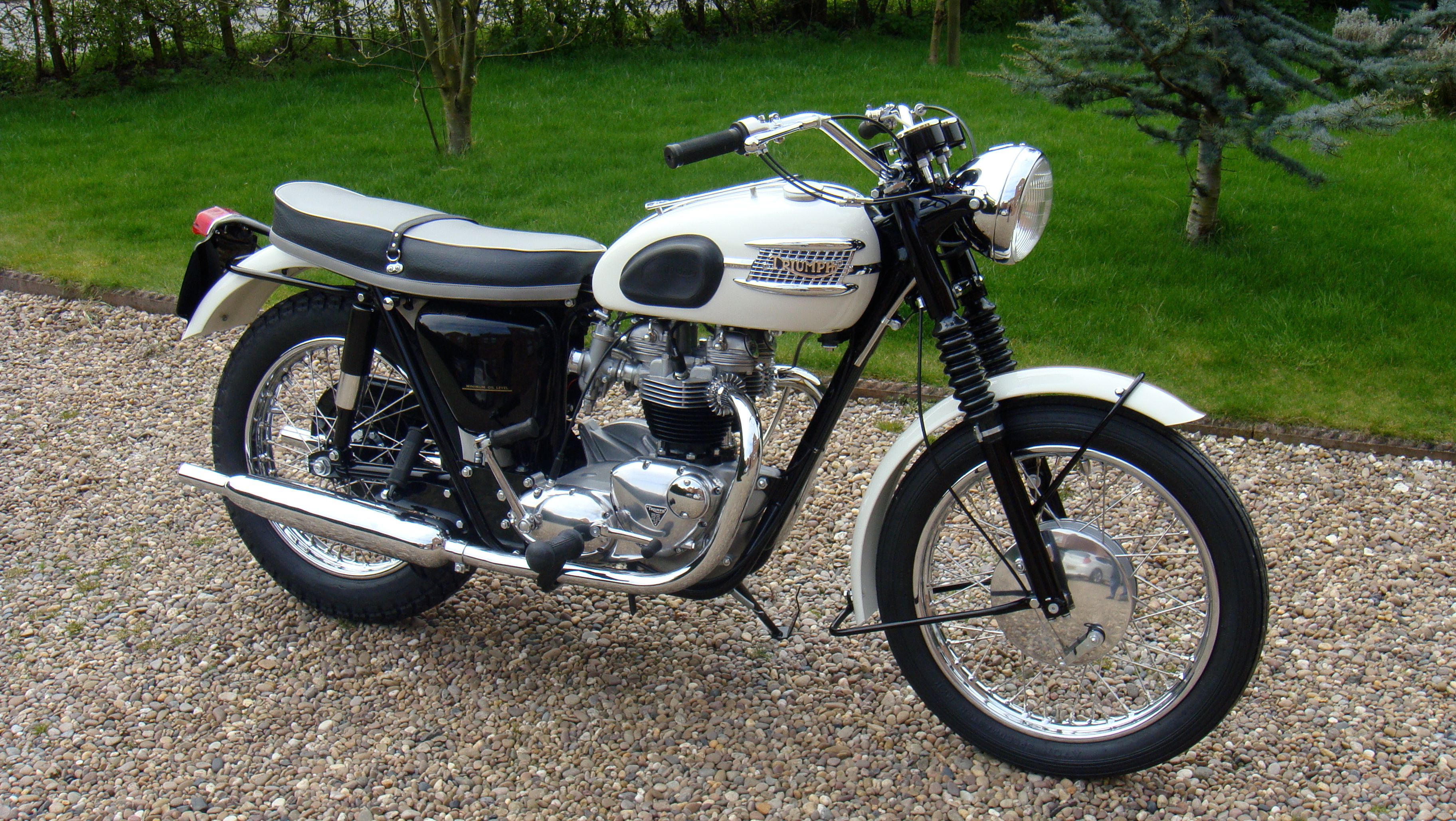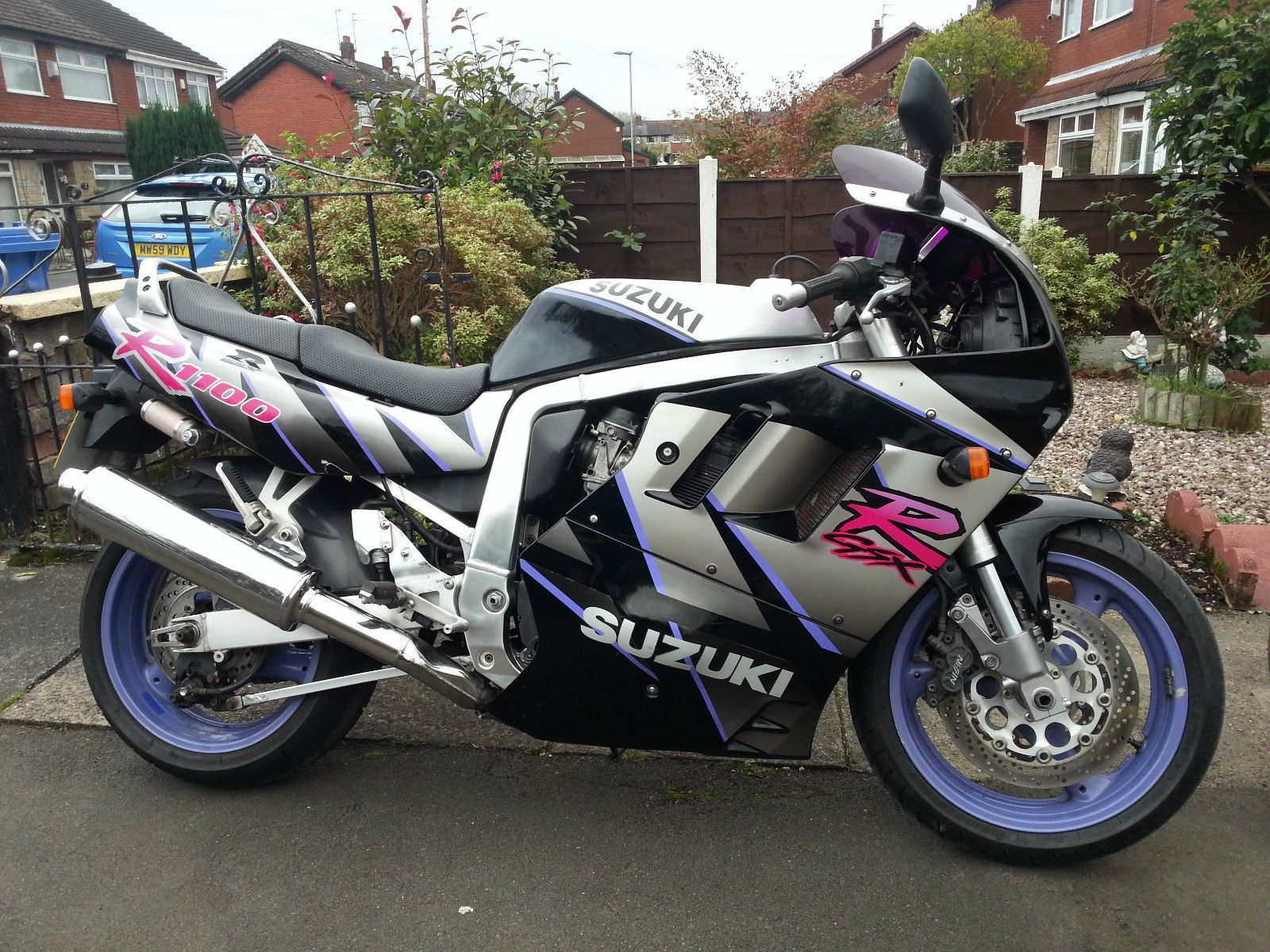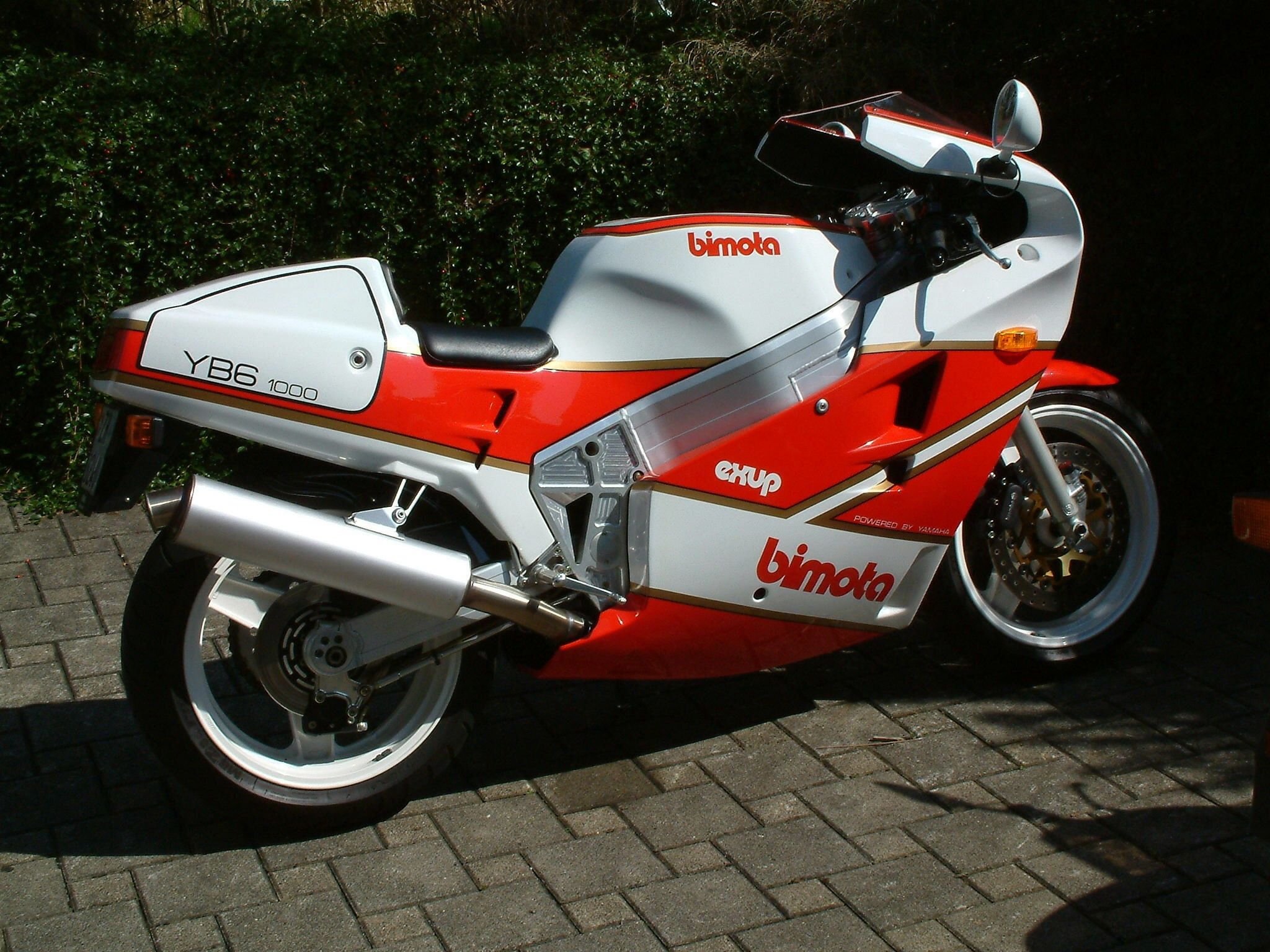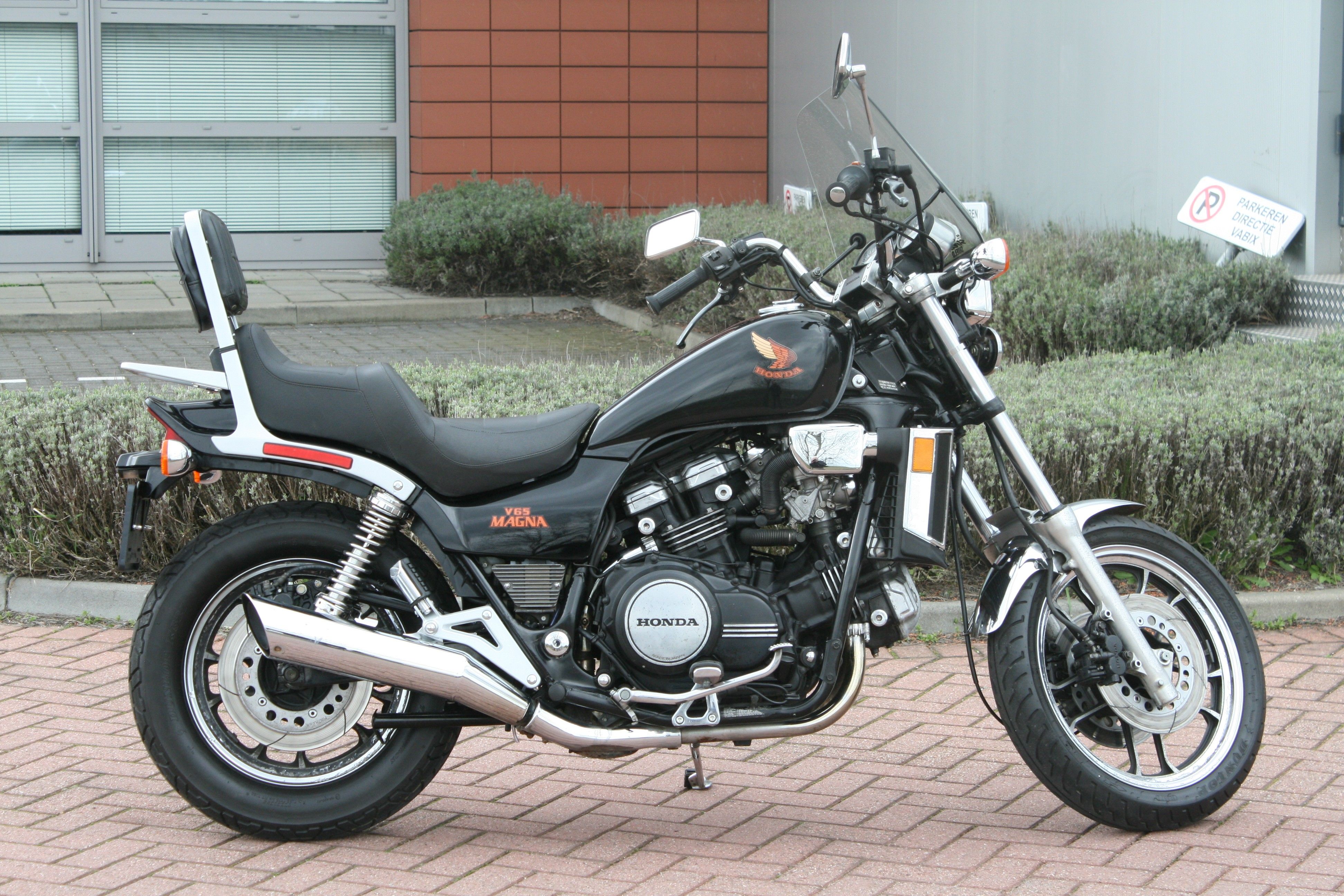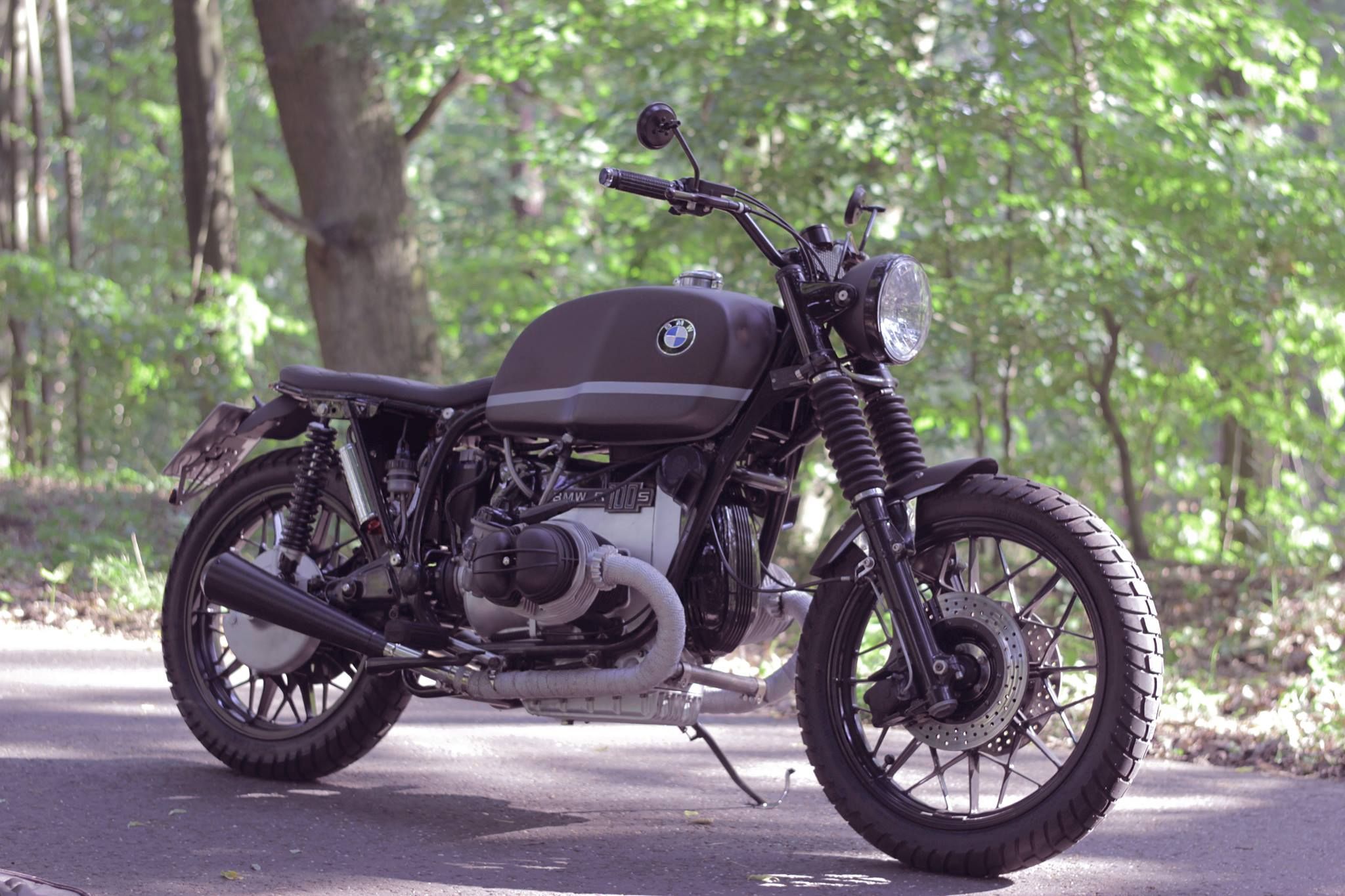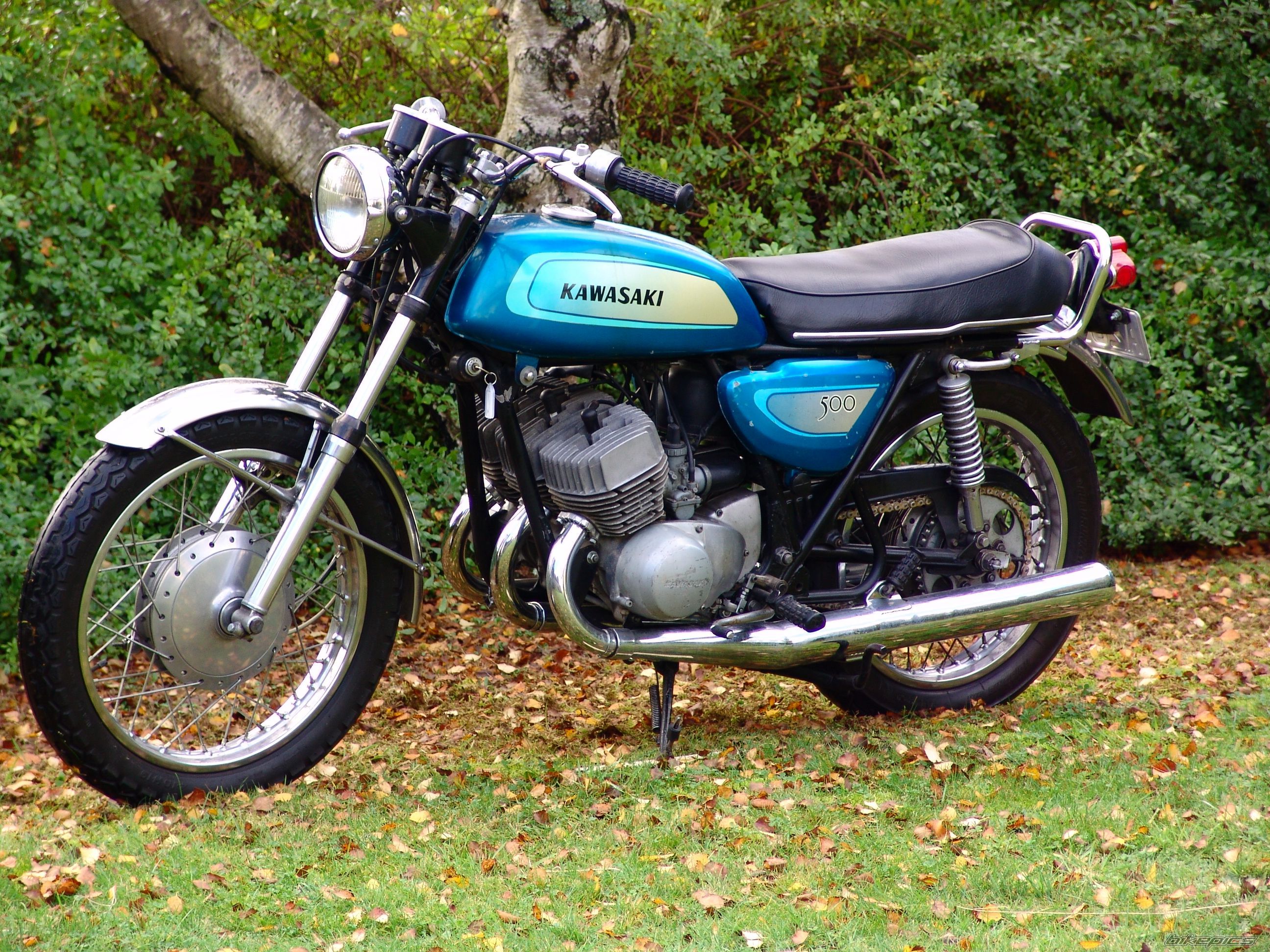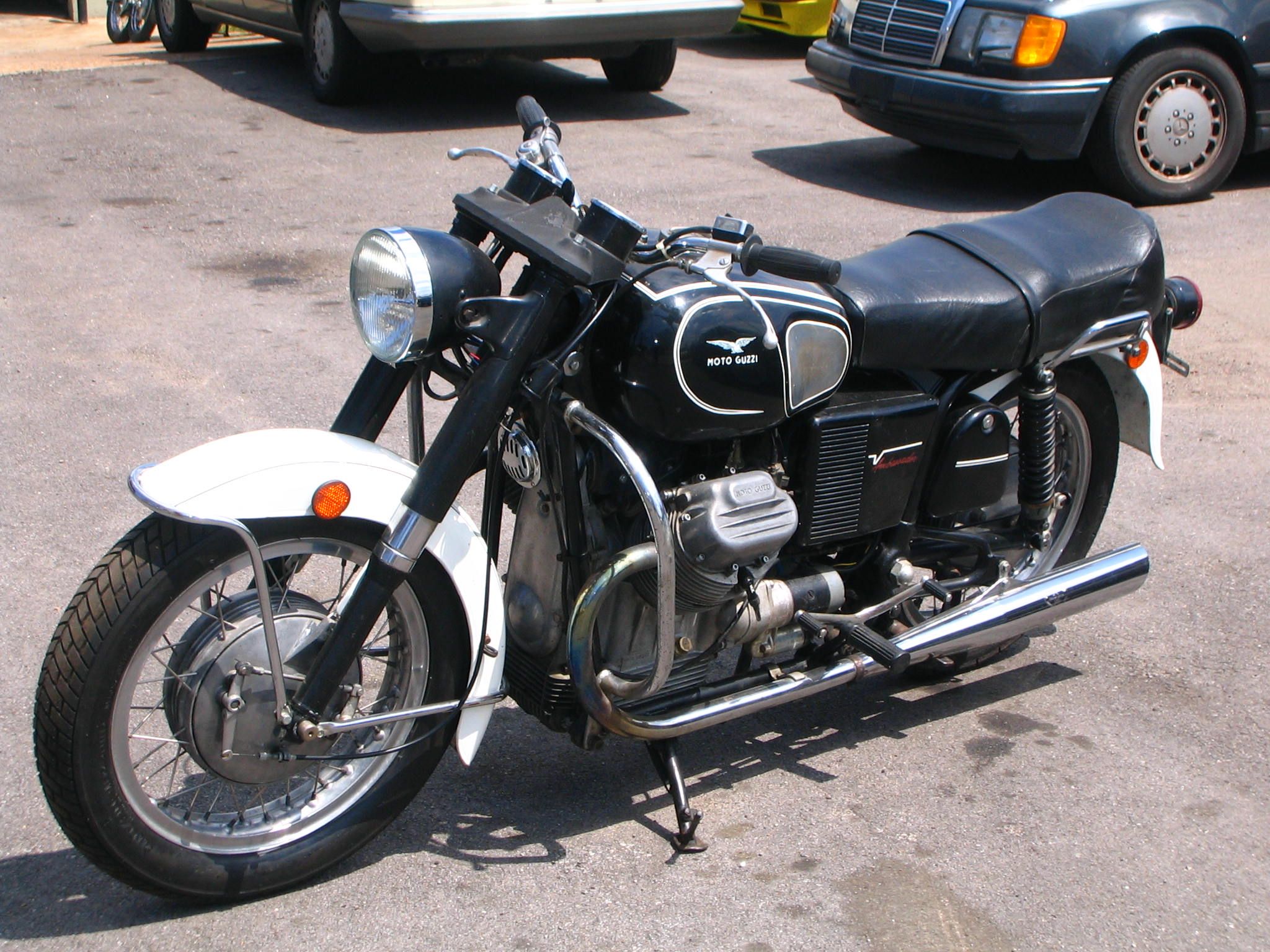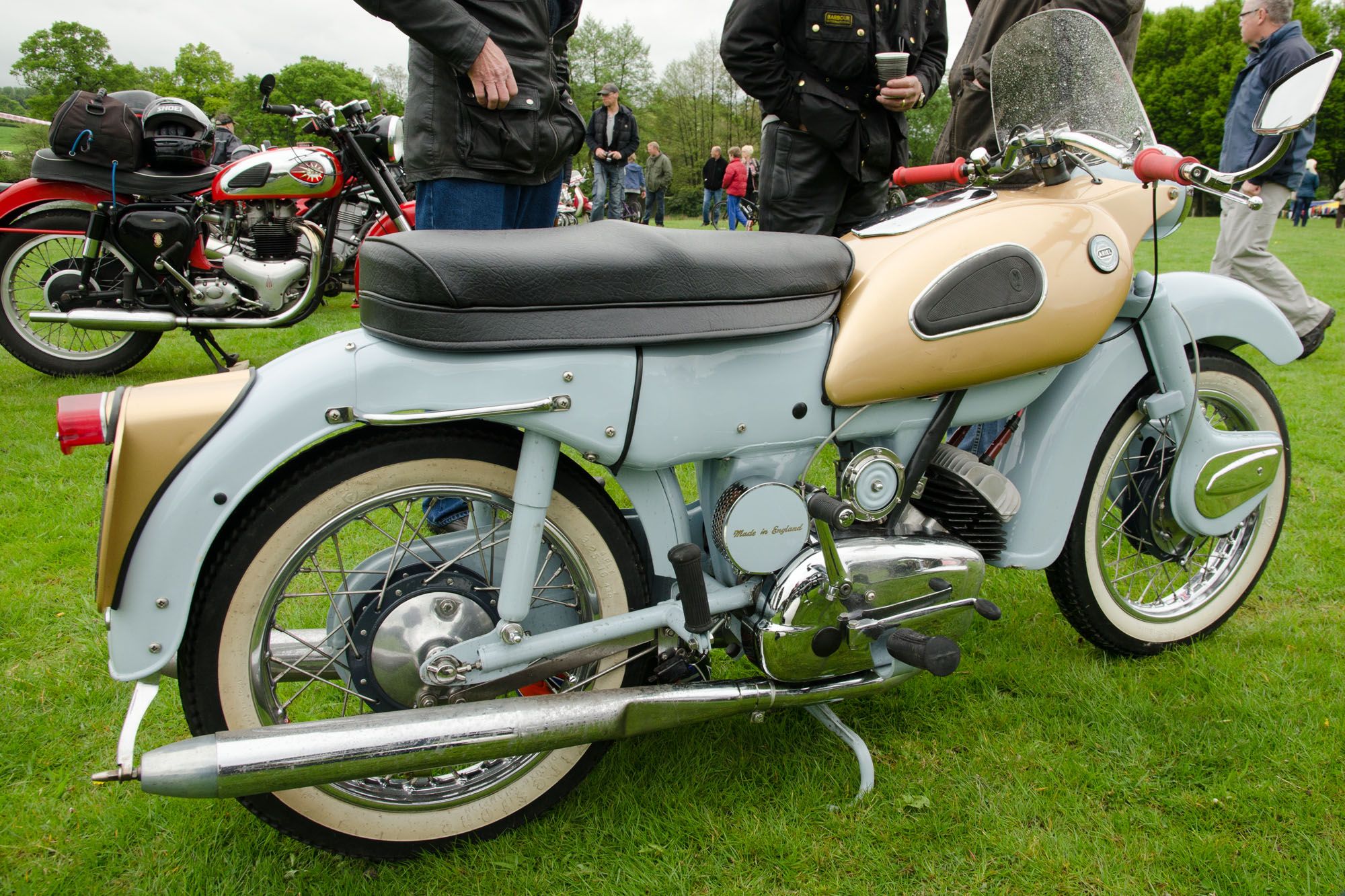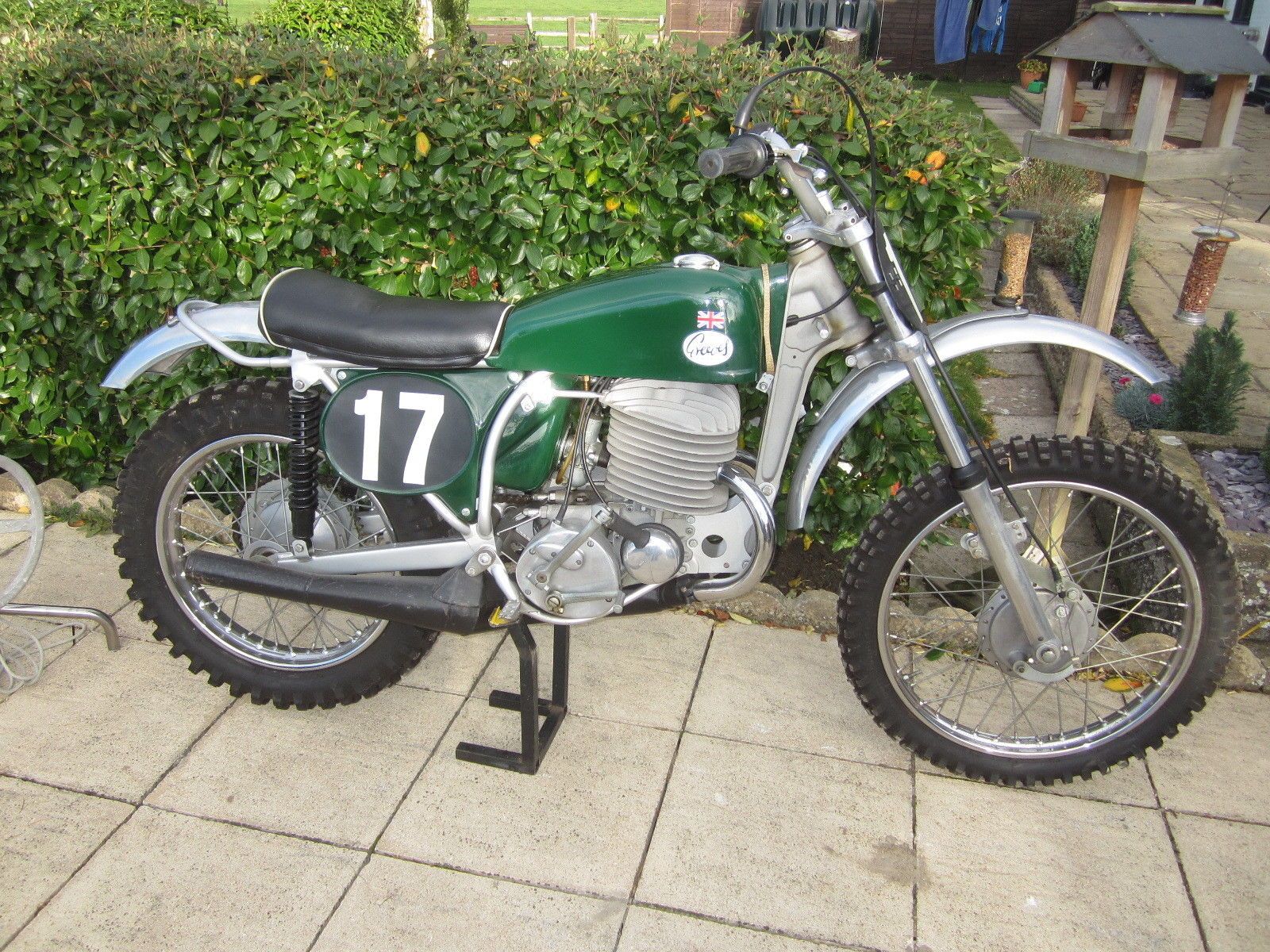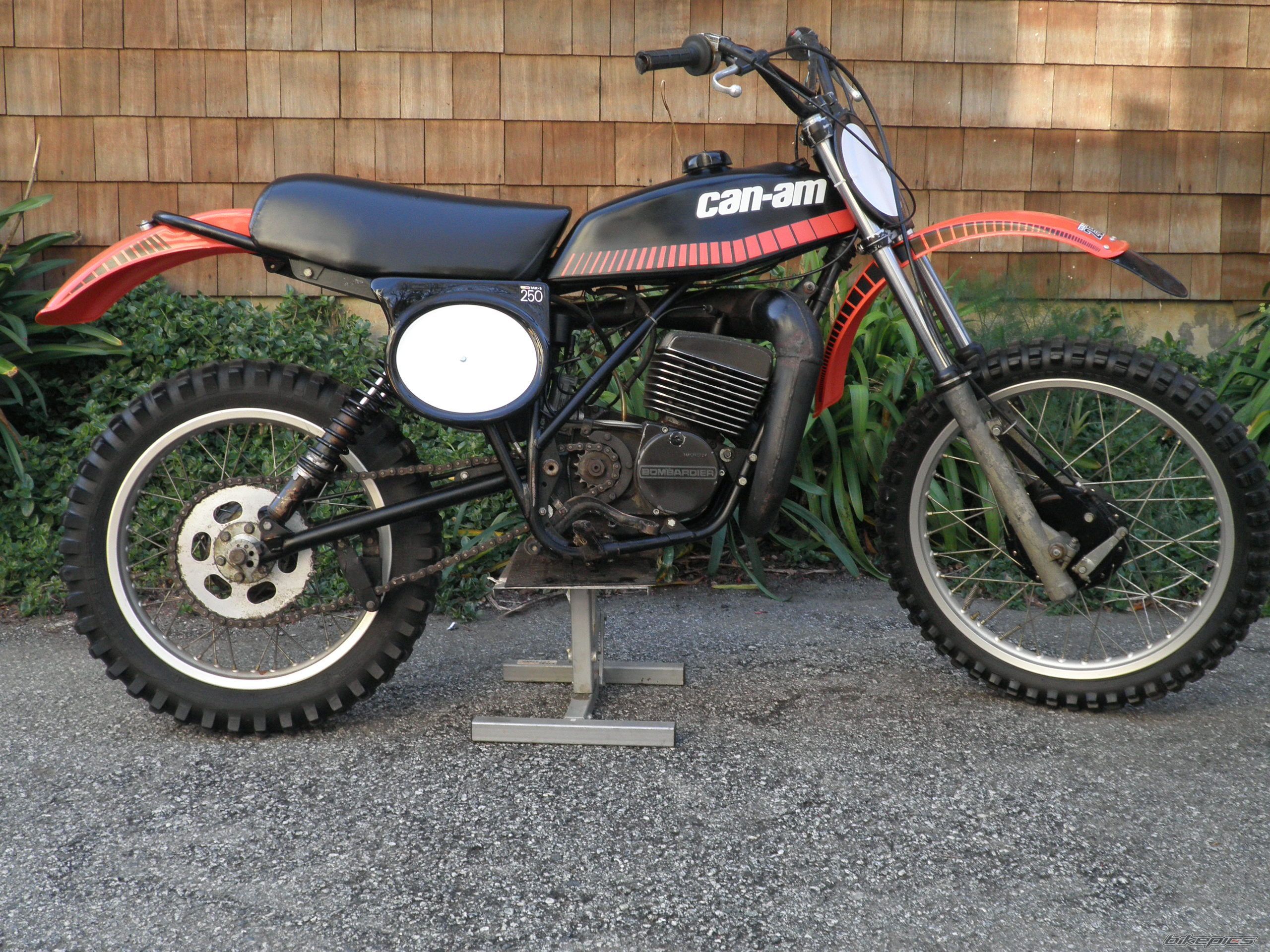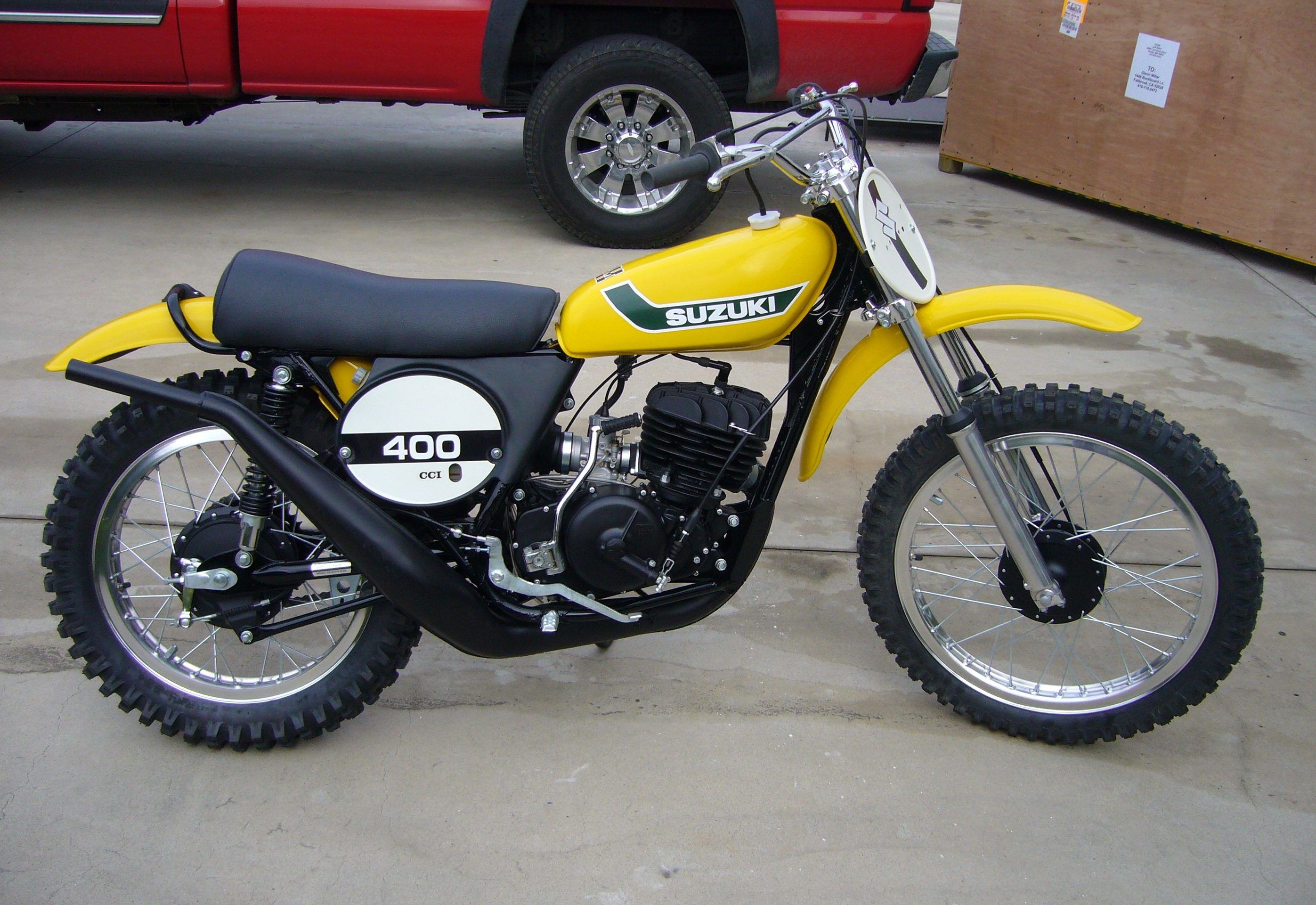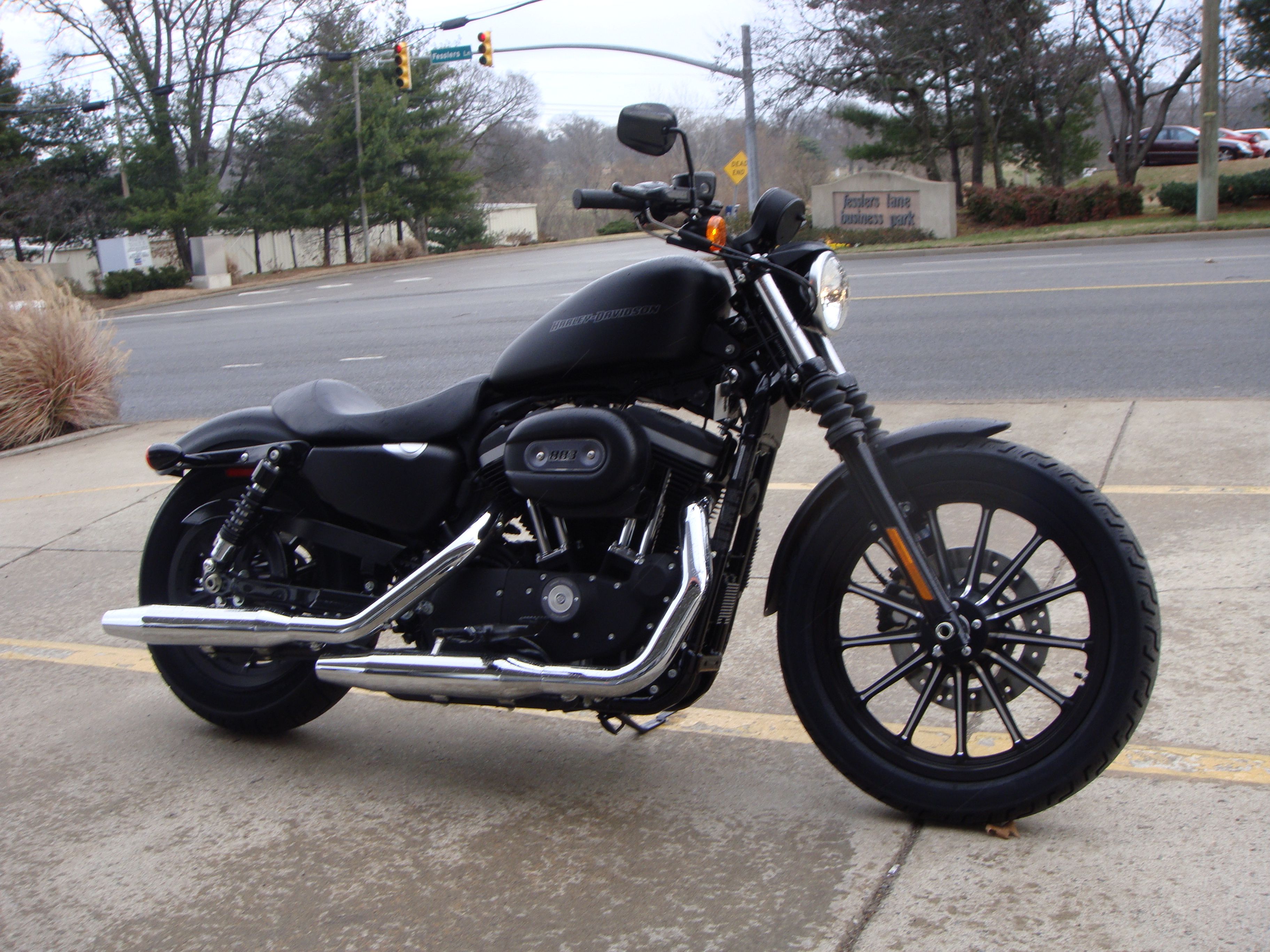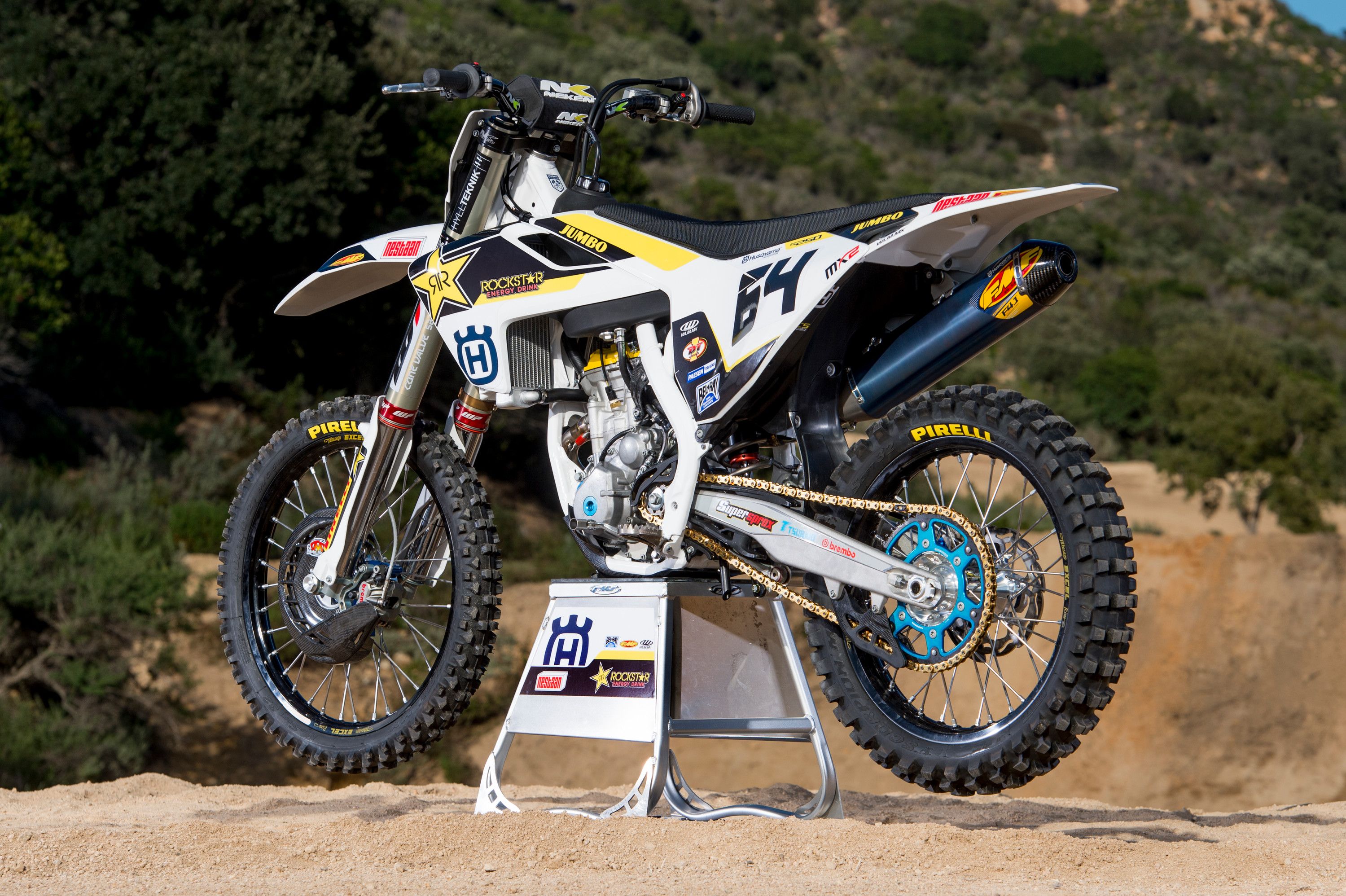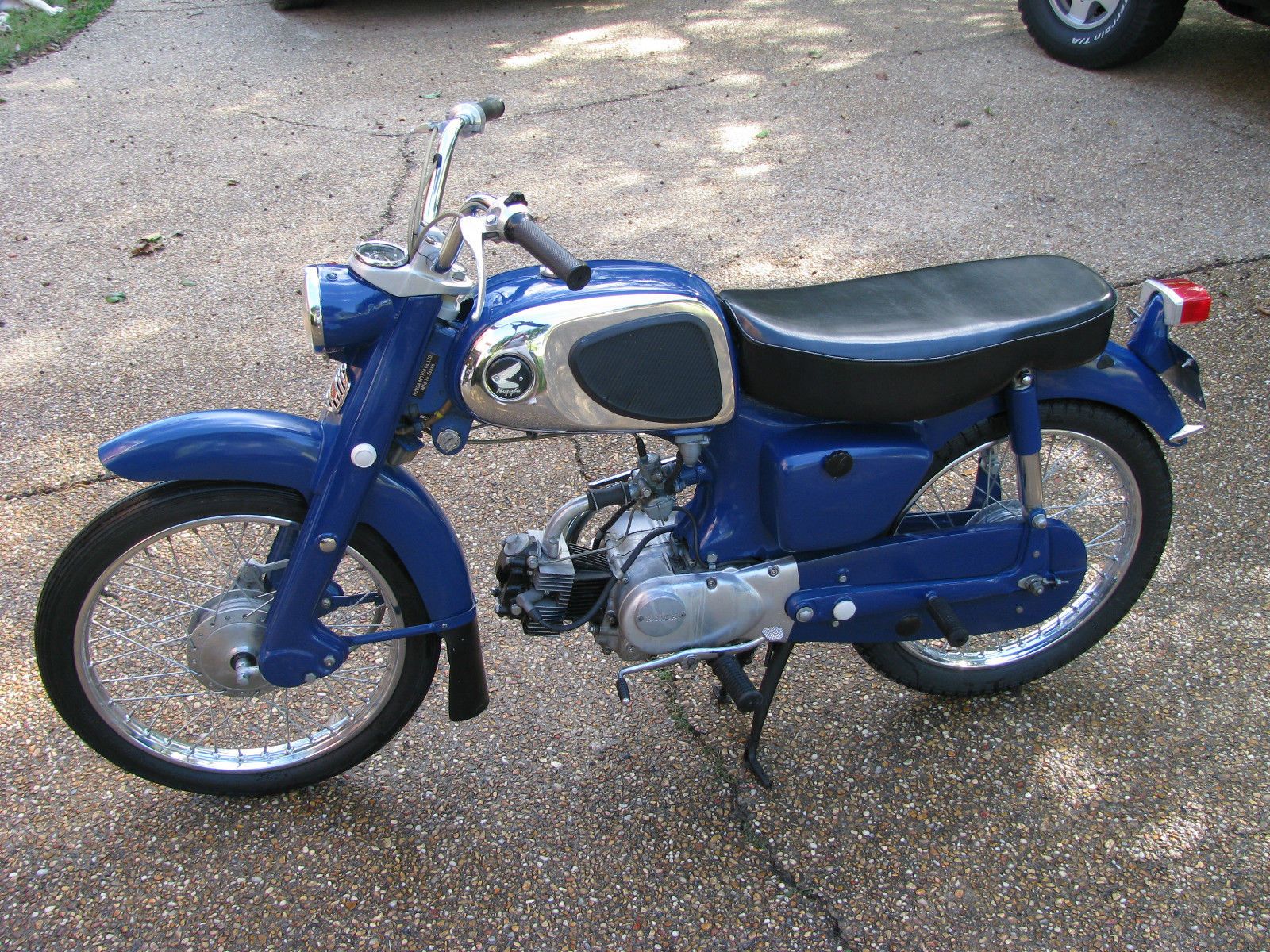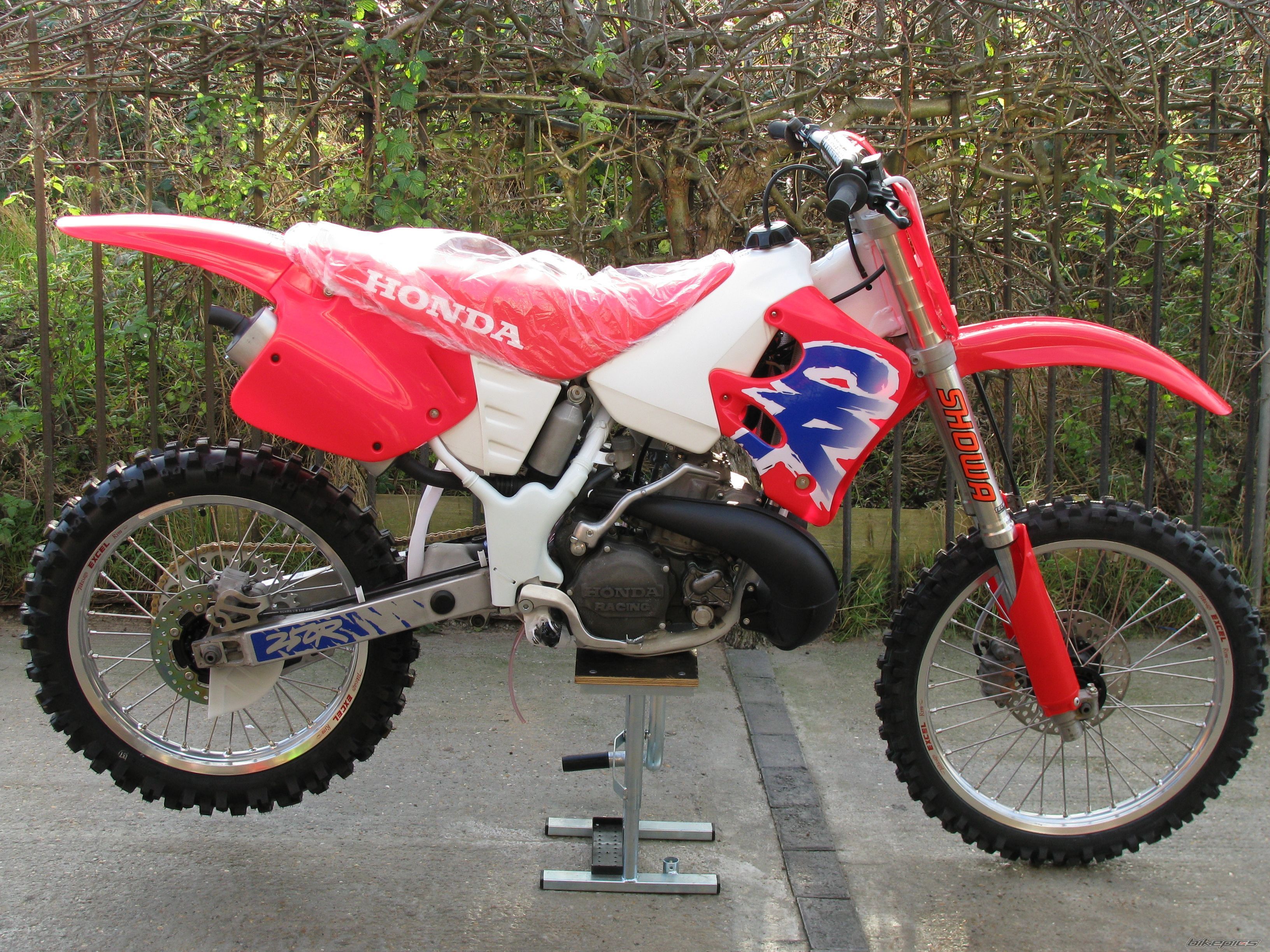The past is gone, but that doesn’t mean that we don’t remember how things were back then. Actually, we miss some of the automobiles that were being produced in the past. The motorcycles that were produced in the previous era are classical. Some of these classical motorcycles may have aged, but the kind of power and simplicity they possess can shock anyone. In fact, the previous eras can make anyone wish that they existed in the past because these classical models were more available then. And you know what? Back then, these motorcycles were affordable. Years down the line, some are triple the price they were.
Surprisingly enough, some of these classical motorcycles bring about competition in the current motorcycle market. Yes, that’s because they're more powerful than some recent motorcycles. On the other hand, there are still some worthless motorcycles—of course, not worthless per se, but they're not the kind that a rider would love. Plus, they don’t result in the kind of adrenaline that's brought about by speed and power. What’s worse? These motorcycles have some very petty but irritating issues, which are very annoying. In addition to that, they can leave a rider very hurt because they have poor handling, which can also make one shake while riding because of fear. So, let’s get into this and look at these motorcycles that are on either side of worthiness.
19 Worth Every Dollar: Kawasaki Ninja ZX-11
Firstly, this motorcycle was the fastest production motorcycle for six straight years. Yeah, the kind of speed it possesses isn't a joke! In addition to that, the designers really took their time to make sure that it looked attractive. You can clearly see that. Even though some of this bike’s parts, like the suspensions and brakes, aren’t in the modern level, they work very brilliantly. And the best part about this bike is the comfort it offers. A rider can go for long hours without having muscle cramps. Comfort is very essential when it comes to riding a bike.
18 Worth Every Dollar: Kawasaki ZX-12R
Clearly, the Kawasaki brand has been decisive with what it really wanted from way back. And what’s that? To occupy and dominate the motorcycle world.
So, this bike here has a top speed of 200 mph when a muffler is installed on it.
On the other hand, if the rider doesn’t add a muffler, it can reach a top speed of 193 mph. Isn’t that just worth it? Undoubtedly, on this model, Kawasaki focused on speed. Did it live up to the goal of the manufacturers? Yes, it did.
17 Worth Every Dollar: Black Shadow
Picture this: a motorcycle that was very fast to the point where it outshone other competitors for a span of five years. Yes, that’s the black shadow. About half a century ago, this motorcycle was able to surpass the 150 mph mark. It’s like it was ahead of its time because some motorcycles have been struggling to reach that standard. In fact, in 1948 this motorcycle set a world record, and after that, about 1,500 units were produced. Riders just loved what it could offer. Unfortunately, production ceased in 1955, but the name of this motorcycle lived on.
16 Worth Every Dollar: Honda CB750
Not too long ago was Honda involved in the world of GP racing. As matter of fact, in 1966, Honda took five titles in that racing series. However, Honda decided to take another path by focusing on the production of powerful motorcycles. With all that knowledge, the designers and engineers at Honda knew they could make something big. So, a team at Honda started working on this model, which was supposed to have a 750 cc engine and a horsepower of 67. Well, after its production, it was a success even in the domestic market. Why? It had that wild look that was loved by domestic riders. It also had a comfortable handlebar position, power, and four mufflers.
15 Worth Every Dollar: 1970 Triumph Bonneville T120
Back in the ‘80s, this motorcycle was as popular as Madonna. Well, riders just loved the notes that came out of the exhaust. Plus, it had a style that was perceived as attractive. Wait… it doesn’t stop there. This bike had a 650 cc twin engine that boiled down with a horsepower of 46. As long as it could hit the 110 mph mark, who really cared about the horsepower? Riders were more into speed than the horsepower. The fact that it was loved brought about good performance in sales.
14 Worth Every Dollar: Suzuki GSX-R1100
This is a bike that can satisfy a rider’s needs. Yes, from the time it was produced until now, riders still love it. Of course, it's the power and that makes it attractive. Plus, this bike had a very good weight distribution, which made it lighter. And its chassis is made from aluminum. So, what more could you expect from such a bike? With such features, there's no doubt that this would become the perfect bike to bring about adrenaline rushes while riding.
13 Worth Every Dollar: Bimota YB6 EXUP
What do you get when you take a Yamaha FRZ1000 genesis 20-valve engine and cover it with an attractive red and white frame? The Bimota YB6 EXUP motorcycle—that’s what. As a matter of fact, this bike was inspired by a previous model (the Ferrari YB4), which was still powered by a Yamaha engine but not as powerful as the one on the YB6. So, the team behind the YB6 decided to boost it up with a bigger engine than the predecessors. That superb combination of a powerful engine with a twin-spar aluminum frame became an inspiration for next motorcycles after this.
12 Worth Every Dollar: Honda V65 Magna
This motorcycle came out with a blast. At that moment, in the domestic market, there was no other motorcycle as powerful as this. Plus, it had a mean look that says, ‘don’t mess around with me.' Anyway, that’s beside the point; Honda went ahead and proved to the public that this bike was really worth it. How did they do it? They called in a rider who was able to manage a ¼ of a mile in 10 seconds. The news of this bike attaining such a mark spread like wildfire.
11 Worth Every Dollar: BMW R100S
One thing's for sure when it comes to this bike here. Its durability is just outstanding! It can go on for years without breaking down. In fact, it can last not only for years but for decades. Of course, it should be taken good care of. Actually, this is the kind of bike that can sit in a garage for ten years, and after doing some oil changes, it'll fire up normally. This can be scary. Which kind of bike in the world does that? It’s just satisfying.
10 Not Worth it: Kawasaki 500 H1
What’s the first thing that always comes to your mind when the name Kawasaki is mentioned? Speed and durability, right? But, that hasn't always been the case because right here, we have a Kawasaki model that was lagging behind in some weird way. Okay, so the handlebars of this motorcycle vibrate in a very vigorous manner. Definitely, long journeys would leave a rider feeling as if he has fractures on both of his hands. What’s worse? The fact that the handling of this motorcycle isn’t perfect. Yes, the handling has some petty issues.
9 Not Worth it: 1971 Moto Guzzi
From the looks of this motorcycle, you can clearly tell that it hasn’t reached the desired standards. In fact, many of the current owners are just biting their fingers hoping to find somebody to buy this motorcycle.
Actually, the look is just the tip of the iceberg because it handles like a bicycle. Moreover, the saddle is very uncomfortable.
Riding from one town to another would put you on a wheelchair for a week because of the bruises. And there’s nothing as irritating as an uncomfortable saddle. Walking for a thousand miles would be better than riding such a motorcycle.
8 Not Worth it: Ariel Arrow
Surprisingly, the team behind this model here combined features from a motorcycle and a scooter to come up with this. But what’s on a scooter should just be on a scooter! There’s no having it both ways. You can see that in the outcome. Anyway, let’s put the looks aside and get into the performance of this motorcycle. Many riders with this motorcycle have complained about start-up issues. Yes, just getting this motorcycle up and running is a task. Right from the start, you know that this motorcycle isn’t at the expected level.
7 Not Worth it: Greeves
Wow! Just take a look at that motorcycle. It seems as if the design team were really lazy. In fact, it looks as if they took a motorcycle engine and attached it to a bicycle. Even the wheels can clearly indicate that this is a very feeble motorcycle. What’s worse? Upon braking, the front end goes up as if it's being ridden by a ghost. Plus, any vibrations can be felt by the rider because the shock absorbers are just worthless. On a bump, a rider has to cross his fingers and hope that he doesn't get brutally hurt.
6 Not Worth it: 1977 Can-Am MX3
Ever heard of the ghost rider? Well, if he was really in this dimension, this would be the perfect bike for him. Actually, this motorcycle was notorious to the point where it was nicknamed “black widow.” That's enough to give you the impression that this motorcycle was the worst of all. What about the handling, you ask? Actually, handling is the reason why it was called the "black widow" in the first place. Braking from a high speed can be quite tricky with this bike.
5 Not Worth it: Suzuki TM400
Coincidentally, this is another motocross bike, and riding it required ultimate professionalism. Why? Just to prevent limping or injuries. Professional riders knew how to use their reflexes to avoid such scenarios. Furthermore, this bike had a very frail frame, the kind of frame that can shake vigorously just when the motorcycle starts up to the point where you get frightened. It gets worse because it gets to a point where the rear wheel of this motorcycle starts to smoke up. Heck! And if the rider isn’t careful enough, the thing might just fire up like a bonfire.
4 Not Worth it: Harley Davidson Sportster, 1981
Wait… I know you may be wondering—what's a beloved motorcycle such as a Harley Davidson doing on this side on the list? Well, they didn’t just wake up one day and become one of the biggest domestic motorcycles.
So, what’s the issue with this motorcycle? The suspensions weren’t as functional as expected.
Shockingly enough, only 65 of such models were produced, making it a very rare motorcycle. In such a case, if it spoils, then fixing it and finding the spare parts can be quite tricky.
3 Not Worth it: Husqvarna 250 MX
Ever heard of the BMW G450X? Now, this bike here's like an enhanced version of that motorcycle. For starters, there were just many weird things with this bike. Some of the parts were positioned in the wrong place. And you know what? It also had two gas tanks that could barely do the required task. It doesn’t stop there because even the handling was quite bad on this motorcycle. The rear could become quite unstable on the slightest aggravation. Well, who would want to ride such a motorcycle?
2 Not Worth it: Honda C110
Okay, this model may have been produced in high units, but that doesn’t mean that it was perfect. No! In fact, the issues that it had were just overlooked. To start off, the suspensions were weak. In addition to that, the rear wheel was also caught up in a weird position when the speed was being reduced. Actually, it's like the rear wheel completely stopped when the speed was switched to a lower tone. It’s unimaginable to think of what could happen if a rider isn't careful in such a situation.
1 Not Worth it: 1997 Honda CR250
Riders admit that reminiscing about this bike made them laugh till they were almost dead. Why? Well, this was a bike that pioneered the change of the frame. The team behind this model decided that they'd equip it with an Aluminum Deltabox Frame. And this brought about vibrations that are worse than those caused by the 1960 Valdivia earthquake. In short, the vibrations were just uncomfortable. Plus, this model flopped out because it didn’t sell as expected. It served a lesson because such a material wasn’t used in a frame again in such a bizarre way.
Source: Cycleworld.com


